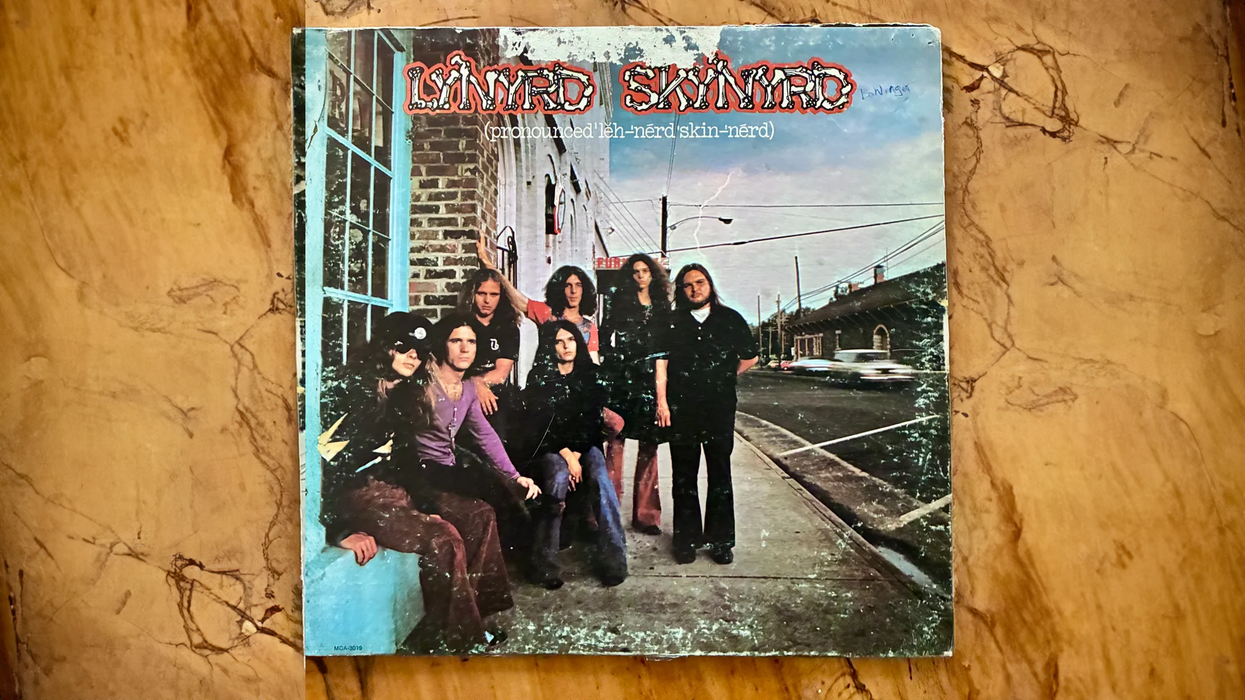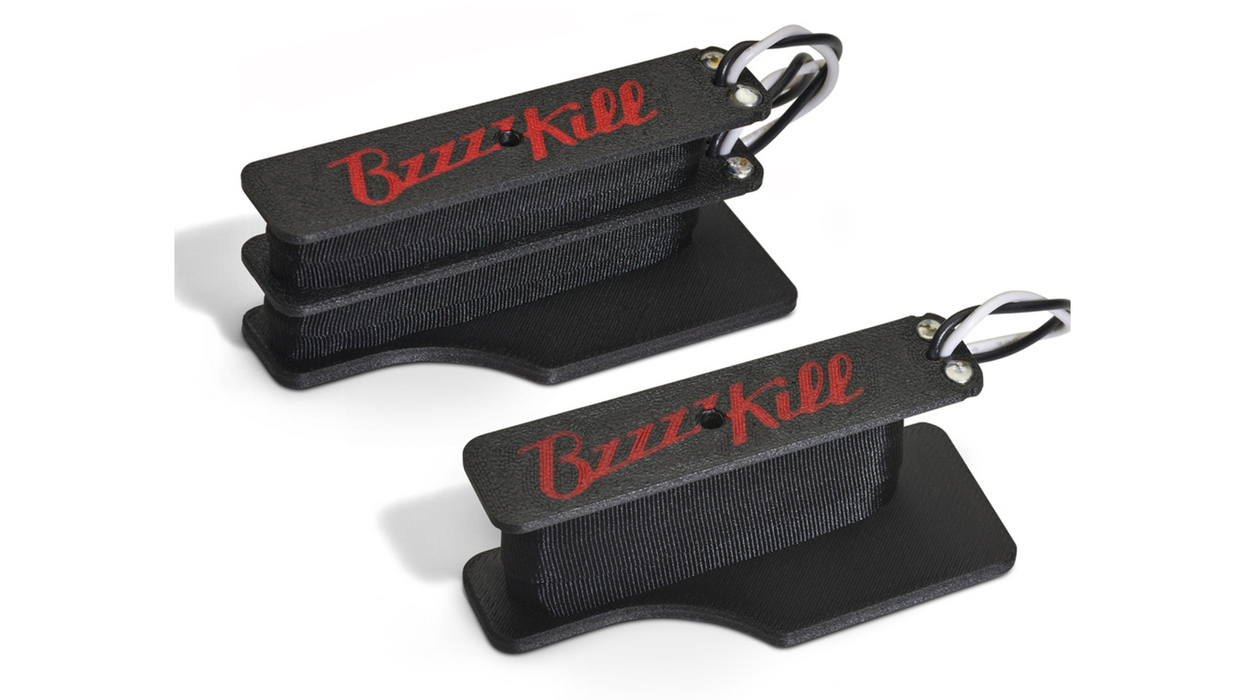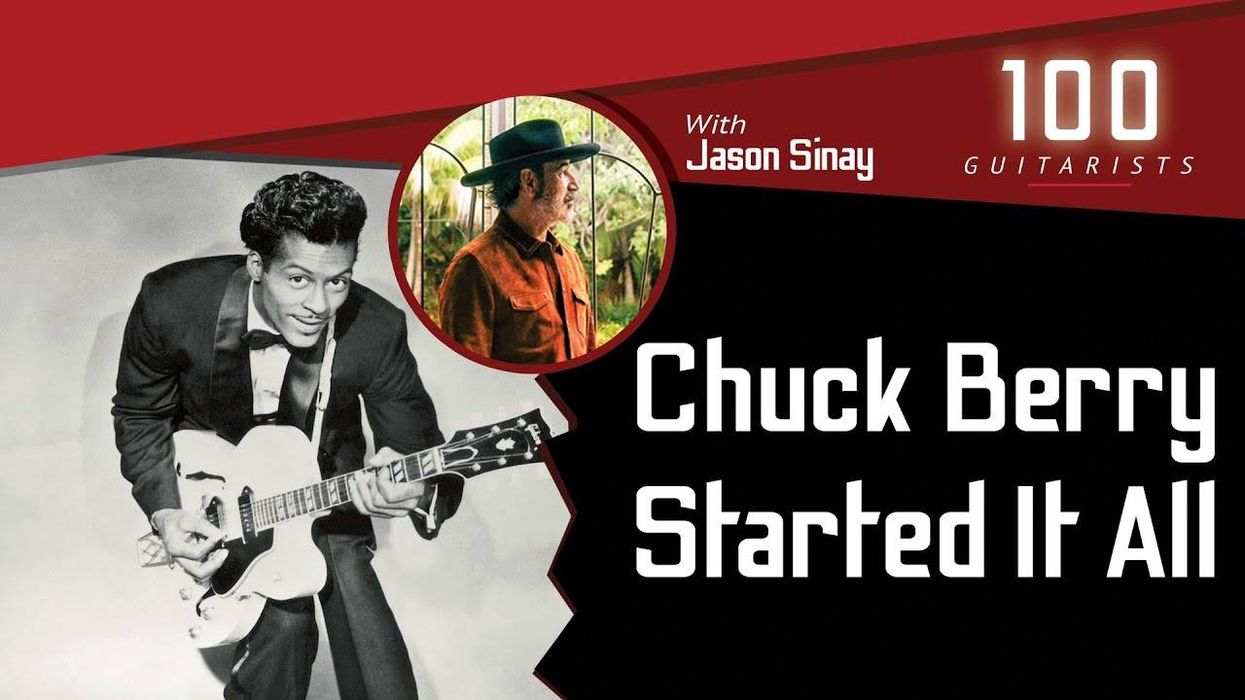In a recent Esoterica Electrica column, Jol Danzig wrote about the trend among builders and customers to gravitate toward highly figured tops for solidbody electrics [“The Knotty World of Figured Wood”]. He pointed out that boutique builders in particular rely on the “wow” factor of dramatically figured tops to bring attention to their instruments, and how this type of wood, once reserved for the pricey furniture of the upper class, has become coveted by rock ’n’ rollers.
With their focus on boutique creations, instrument expos like Berlin’s Holy Grail Guitar Show makes one question if these guitars are designed to create music or simply provide artisan self-fulfillment. Today, bassists are embracing modern class-D amps, active electronics, ultra-light cabinets with neodymium speakers, and programmable preamps and pedalboards, yet many of us still throw down vast sums of money to acquire instruments that look like great-granddad’s veneered gramophone. Tastes differ and to each his own, but other than the “wow” factor, does this cash outlay have an impact on tone? Is there a sonic payoff to figured wood?
Many elements contribute to the unique tone of a given instrument, but it’s difficult—or perhaps impossible—to figure out which of them play a dominant role in this elaborate sonic equation. In a solidbody instrument, not everyone is convinced that the body material has any tonal influence at all, relegating everything to the pickups and electronics. Another group believes tonal magic lies in the body’s wood, while a few others can even hear the amount of moonlight present when the tree was felled! This discussion is not going to end anytime soon.
Even though it’s hard to quantify what elements play a key role in great tone, there are ways to appraise whether a specific change is doing good or harm to the final signal. For instance, some luthiers declare variations of “the string sends its vibrations into the body where sound waves resonate and finally return to the string.” Whether you think this picture is realistic or rather Dadaistic, we can predict how sound waves would be affected traveling in and through an isotropic medium versus a heavily non-uniform AAAA+ top.
There are basically two effects at work: acoustic dispersion and sound impedance. The short explanation is that dispersion is about the separation of sound waves into their component frequencies as they pass through a material. Impedance describes the ratio of reflected and transmitted waves when they hit the interface of two different materials. This resembles sunlight passing through a prism: The light’s angle of incidence determines how much gets reflected at the interface, and the prism’s density determines how far the different frequencies are spread while passing through it. This light comparison doesn’t perfectly correspond to sound, but it offers an idea of what happens at the point of each big change in a top’s density. In other words, the more figured and non-uniform the material, the greater the impedance and the less likely you’ll get anything back from that wave at all.
Again, it’s not clear that you can actually hear these effects, but why spend so much money on figured tops when the tonal outcome is at least questionable? And if you’re one of those who’s as easily influenced by looks as the contestants in last month’s blind and non-blind listening tests of tropical and non-tropical woods [“The Local Tonewood Challenge”], consider reserving that highly figured wood for the headstock or maybe even leaving it completely in the hands of furniture makers.








![Rig Rundown: AFI [2025]](https://www.premierguitar.com/media-library/youtube.jpg?id=62064741&width=1245&height=700&quality=70&coordinates=0%2C0%2C0%2C0)












 Shop Scott's Rig
Shop Scott's Rig


![Rig Rundown: Russian Circles’ Mike Sullivan [2025]](https://www.premierguitar.com/media-library/youtube.jpg?id=62303631&width=1245&height=700&quality=70&coordinates=0%2C0%2C0%2C0)












































